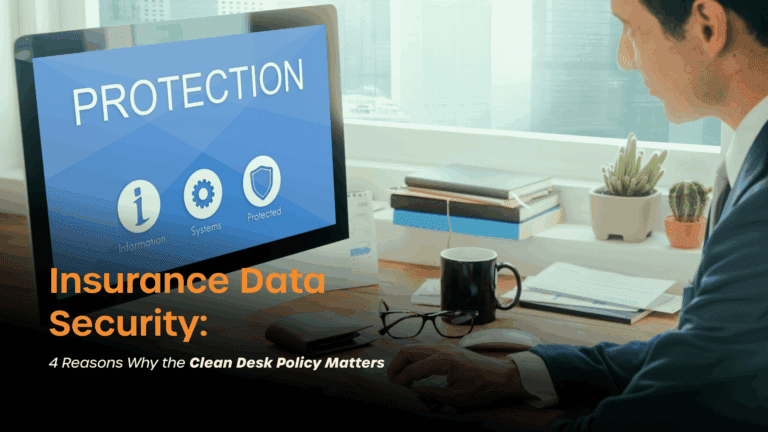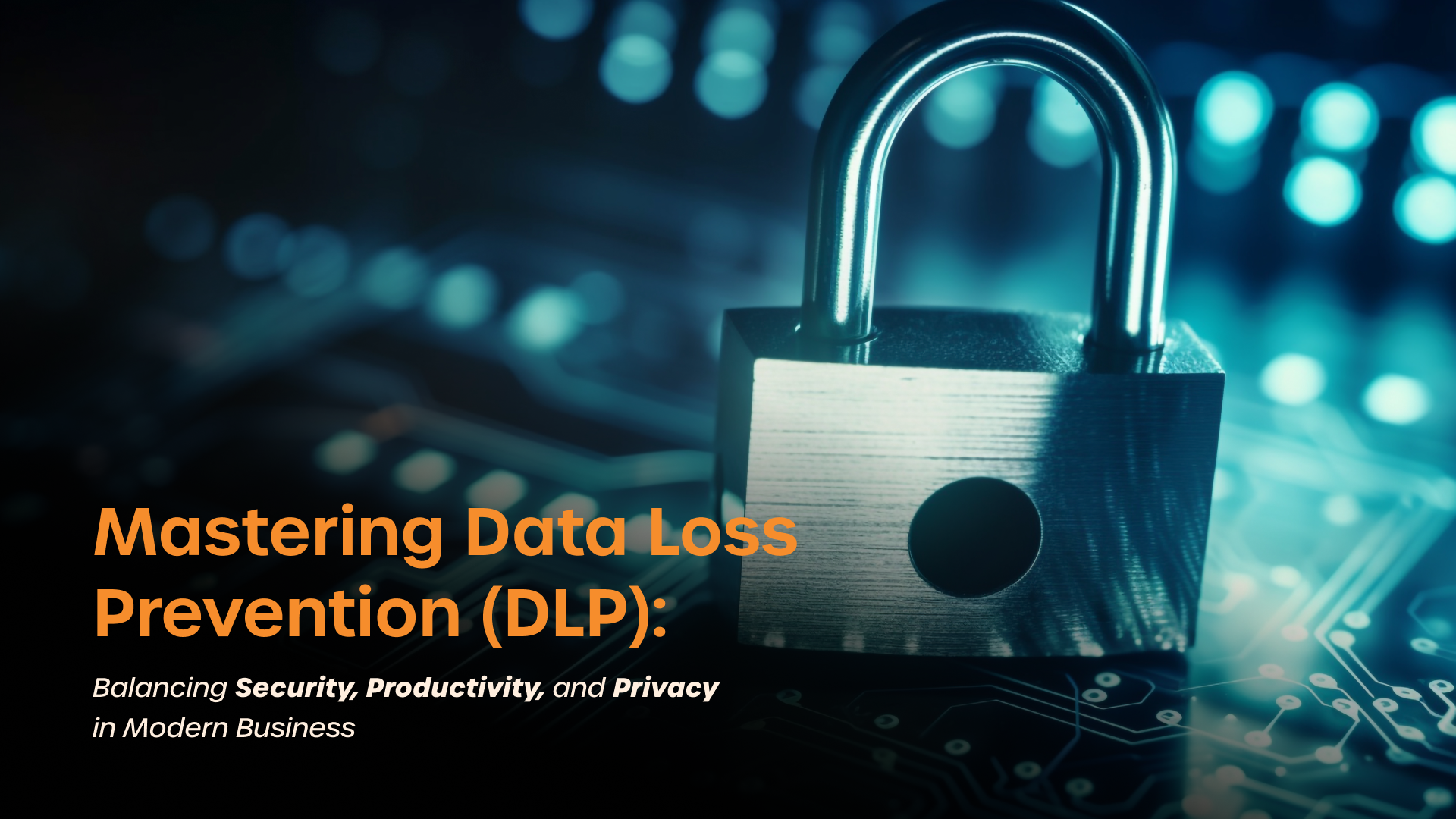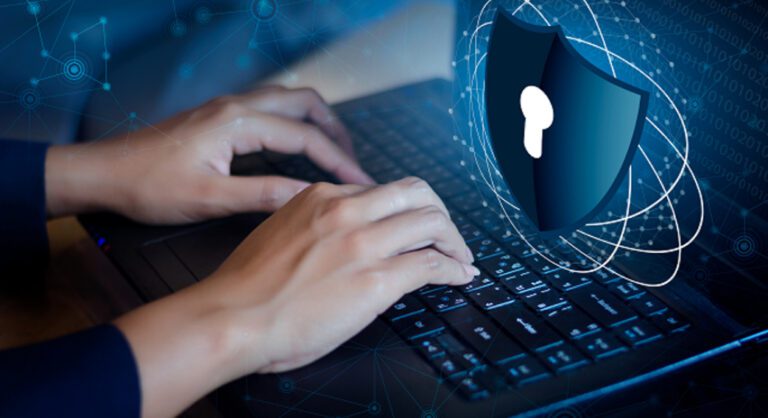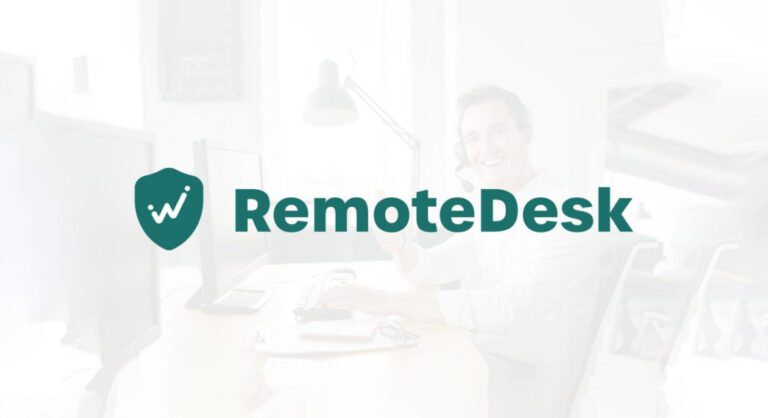
Mastering Data Loss Prevention (DLP): Balancing Security, Productivity, and Privacy in Modern Business
- Rajnish Kumar
- 6 Mins

Summary
Data Loss Prevention (DLP) plays a pivotal role in safeguarding sensitive corporate information amidst the growing challenges of remote work and cyber threats.
In today’s rapidly evolving business landscape, security, productivity, and privacy stand as crucial pillars across all industries. The shift towards data-driven practices and remote work has accelerated, driven by technological advancements and the widespread adoption necessitated by events like the COVID-19 pandemic. As of 2023, a significant portion of the workforce has embraced remote or hybrid work models, highlighting the increasing normalization of flexible work arrangements. However, alongside these benefits, the rise in remote work has also attracted cybercriminals who exploit vulnerabilities to access sensitive corporate data.
The Importance of Data Loss Prevention (DLP)
Data Loss Prevention (DLP) emerges as a critical strategy in protecting sensitive information from unauthorized exposure. It encompasses a comprehensive approach integrating people, processes, and technology to monitor and prevent data leaks within corporate networks. Utilizing tools such as antivirus software, artificial intelligence (AI), and machine learning, DLP systems enforce policies that classify, share, and safeguard data according to organizational guidelines. This proactive approach aims to mitigate risks associated with data breaches and intellectual property theft.
5 Effective Data Loss Prevention (DLP) Strategies
- Automated Data Classification: Implement automated tools to classify data based on sensitivity, ensuring consistent protection measures.
- Context-Aware Policies: Adjust security protocols based on user roles, location, and data sensitivity to balance security with operational needs.
- Comprehensive Monitoring: Deploy robust monitoring mechanisms to detect and respond swiftly to potential security incidents.
- Employee Awareness Programs: Educate employees on data protection best practices and the importance of cybersecurity hygiene.
- Regular Security Audits: Conduct periodic audits to assess DLP effectiveness, identify vulnerabilities, and ensure compliance with regulations.
Choosing Between Stringent and Flexible DLP Approaches
Businesses face the challenge of balancing stringent security measures with flexible policies that maintain productivity and respect employee privacy. A stringent approach prioritizes robust controls and extensive monitoring to minimize data exposure and respond swiftly to security incidents. While effective in enhancing data protection, it may impact employee productivity and raise privacy concerns due to heightened surveillance.
Conversely, a flexible approach aims to optimize employee efficiency while ensuring data security through adaptable policies. It promotes a culture of innovation and quick information sharing but necessitates careful management to mitigate potential risks of data breaches and unauthorized access.
Implementing Effective DLP Strategies
Effective DLP strategies begin with understanding the specific data protection needs dictated by industry regulations and the nature of sensitive information involved. Organizations must classify data according to its sensitivity and implement tailored security measures accordingly. This involves leveraging modern DLP solutions capable of automated data classification and consistent protection measures across diverse operational environments.
Balancing Security, Productivity, and Privacy
Achieving a harmonious balance between security, productivity, and privacy requires careful consideration of organizational goals, regulatory requirements, and employee expectations. Modern DLP solutions facilitate this equilibrium by offering context-aware policies that adjust security measures based on user roles, data sensitivity, and operational contexts. This approach not only enhances data security but also supports employee productivity and respects privacy rights, fostering a positive work environment.
Conclusion
In conclusion, Data Loss Prevention (DLP) plays a pivotal role in safeguarding sensitive corporate information amidst the growing challenges of remote work and cyber threats. By adopting tailored DLP strategies that align with business objectives and compliance standards, organizations can effectively mitigate risks, enhance productivity, and uphold privacy principles. Embracing a balanced approach to DLP ensures that businesses thrive in a secure, productive, and privacy-conscious environment.
Selecting the Ideal Data Loss Prevention (DLP) Strategy for Your Business
Finding the ideal balance between security, productivity, and privacy requires thoughtful consideration. To achieve this equilibrium, ask yourself:
- What are our business requirements and compliance obligations?
- Which industry do we operate in, and what are our objectives for our Data Loss Prevention (DLP) program?
- How do the benefits align with our overall business goals?
A strict Data Loss Prevention (DLP) approach suits regulated industries needing stringent data protection, while a flexible approach fosters innovation and quick data sharing. For tailored guidance on the best approach for your business, consider consulting experts like RemoteDesk, who specialize in custom solutions that fit your specific needs.
1. What is RemoteDesk?
2. How does RemoteDesk ensure compliance with regulations like PHI, HIPAA & PCI DSS?
3. Can RemoteDesk integrate with our existing security and productivity tools?
4. How does RemoteDesk handle remote and hybrid workforce management?
5. What types of analytics and reporting does RemoteDesk offer?
Get Started Today
Sign up in minutes. Secure your remote
workforce with confidence.
See how RemoteDesk makes compliance and data protection effortless.




